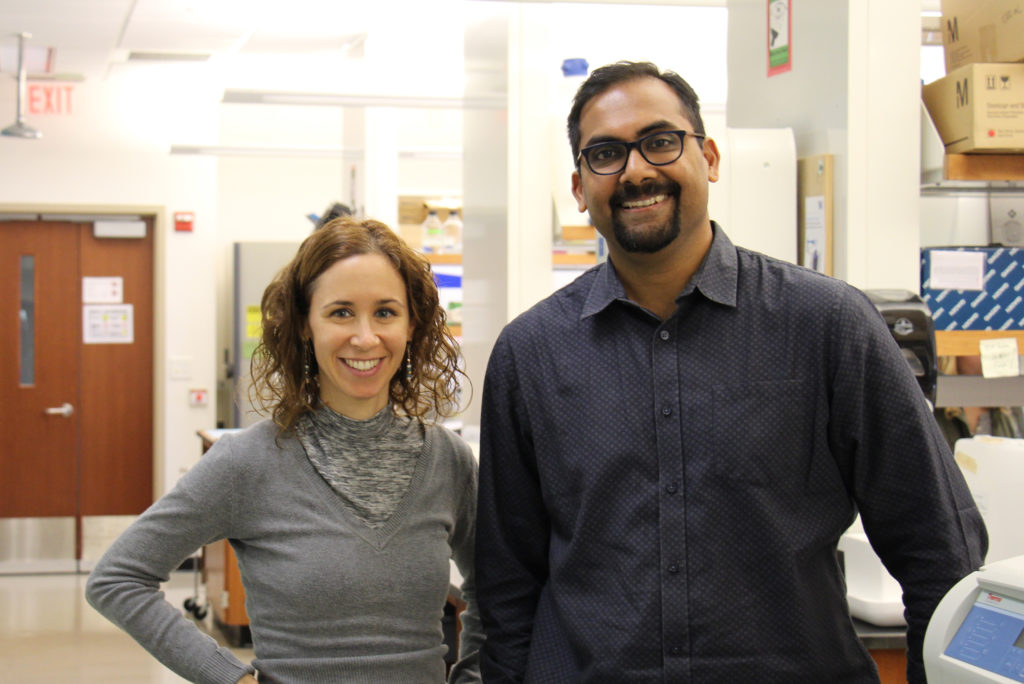An ancient bacterial protein complex in human malaria parasites is essential for parasite growth

Several species of Plasmodium parasites cause malaria in humans and results in nearly 450,000 deaths annually. The deadliest of these species is Plasmodium falciparum. Unfortunately, it is also drug resistance to many of the currently available treatments. Vasant Muralidharan, assistant professor in the department of cellular biology, and his research group at The Center for Tropical and Emerging Global Diseases at The University of Georgia reported on an essential protein in hopes of identifying new drug targets.
Plasmodium parasites contain an organelle known as the apicoplast that evolved via the endosymbiosis of a red alga. The apicoplast produces several essential metabolites required for parasite growth and survival. Therefore, drugs that target the apicoplast are clinically effective. However, there is still not a lot known about this organelle. Understanding the function, structure, and biogenesis of the apicoplast provides a gold mine of antimalarial drug targets.
The role of Clp proteins in Plasmodium apicoplast
Clp (Caseinolytic Proteases) are conserved prokaryotic proteins that serve a wide variety of biological functions in bacteria, the evolutionary ancestors of the apicoplast. Several Clp proteins have been reported to localize in the apicoplast of the parasite but their biological functions were unknown.
The research team used different genetic tools to conditionally inhibit the function of various apicoplast-Clp proteins. “It is similar to understanding the role of a single card in holding up a house of cards by removing it from the structure,” said Muralidharan.
Their data show that the Clp chaperone PfClpC is essential for parasite viability and that its inhibition resulted in morphological defects, and loss of the apicoplast. They also revealed that the chaperone activity is required to stabilize a Clp Protease, PfClpP, suggesting that, similar to bacteria and plants chloroplasts, these two proteins form a proteolytic complex. These data may be relevant to the function of bacterial and plant Clp complexes. “Our findings shed light on the biological roles of the apicoplast Clp Proteins and their involvement in apicoplast replication,” said Dr. Anat Florentin, lead author on the study.
Significance of the findings
The role that bacterial Clp proteins play in cell division, stress response and ability to cause disease have placed them at the center of several drug discovery programs. The new understanding of Clp proteins in Plasmodium provides an avenue for drug development in malaria in which highly active antibacterial compounds can be repurposed as effective anti-malarial agents.
An online version of this study is available: A. Florentin, D.W. Cobb, J.D. Fishburn, M. J. Cipriano, P.S. Kim, M.A. Fierro, B. Striepen, V. Muralidharan. 2017. PfClpC is an essential Clp chaperone required for plastid integrity and Clp protease stability in Plasmodium falciparum. Cell Reports 21, 1 – 11. http://dx.doi.org/10.1016/j.celrep.2017.10.081
